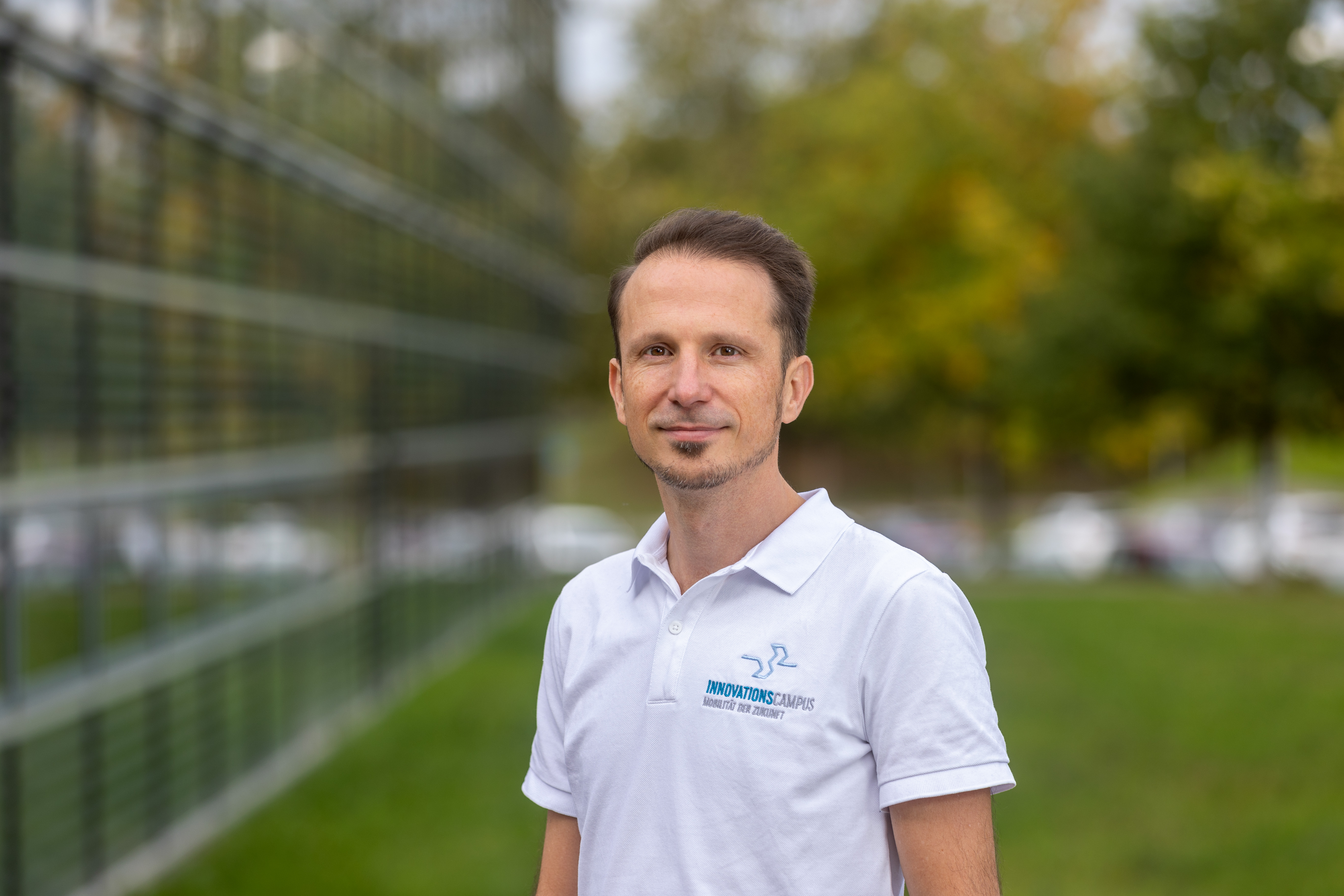
IC7 - Easy Metal Printer (EMP)
Path planning and process control for coaxial laser wire buildup welding
Additive processes offer the possibility of near-net-shape manufacturing of components with locally adapted mechanical properties, which can be optimized by downstream process steps. This leads to a double conservation of resources, on the one hand by minimizing the use of raw materials for component manufacture and on the other hand by ensuring that the component functions in accordance with the load.
Laser cladding with wire is a technology from 3D printing for manufacturing components from various metals. In contrast to other additive laser processes, this new technology has the advantage that the metallic semi-finished product is fed in wire form. This makes the process much cheaper and easier to handle than powder-based processes. In contrast to other wire-based processes, here the metal wire is fed into the melt pool coaxially with the laser beam, which brings decisive advantages in terms of directional independence and collision avoidance.
Aim and approach
This project aimed to optimize the entire process chain for additively manufactured, functionally integrated components, enabling the cost-effective and resource-efficient production of near-net-shape parts. To achieve this, research focused on advancing the innovative coaxial laser wire deposition welding process.
Conventional path planning methods cannot guarantee high reliability from the very first component, as the complex interaction between the melt pool and its surroundings cannot be accurately predicted without excessive effort. At the same time, productivity is constrained by the deposition rate, which is limited by the metal’s inherent thermal conductivity and the transfer of heat from the laser-generated melt pool to the wire. This project sought to address these limitations and enhance both the applicability and efficiency of the process.
Results
By building one of the world's largest additive manufacturing facilities, the mid-sized company Precitec from Gaggenau achieved revenues in the double-digit million range. This success is rooted in research conducted at the Innovation Campus Future Mobility. There, fundamental process principles were developed and rapidly brought to industrial maturity through a research partnership between the Institute for Laser Tools at the University of Stuttgart and Precitec. The resulting technology is not only more cost-efficient, sustainable, and high-performing but also opens up new business opportunities for the company and creates jobs.

Key data
Research Field
Manufacturing SystemsPromotion
InnovationChallengePeriod
01.02.2022 until 31.05.2023Project participants
- Precitec GmbH & Co. KG
- Universität Stuttgart: Institut für Steuerungstechnik der Werkzeugmaschinen und Fertigungseinrichtungen (ISW, Prof. Verl)
- Universität Stuttgart: Institut für Strahlwerkzeuge (IFSW, Prof. Graf)
Contact

Thilo Zimmermann
Head of Research Coordination, Research Coordinator Manufacturing
- Phone
- +49 711 685 60960
- fk@icm-bw.de